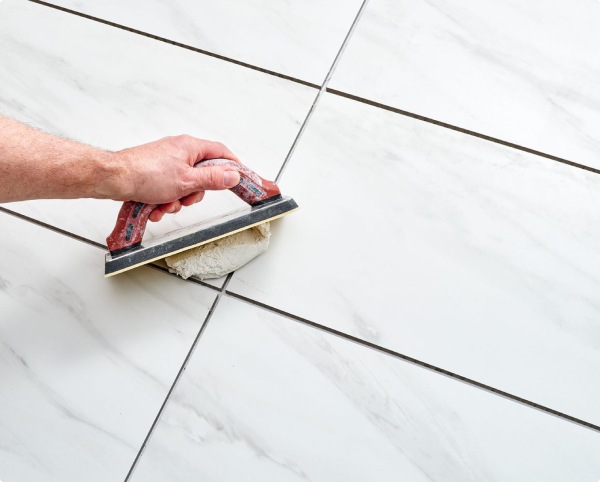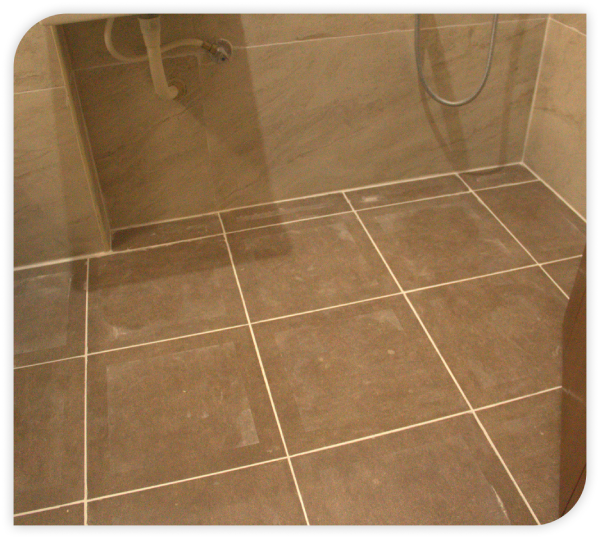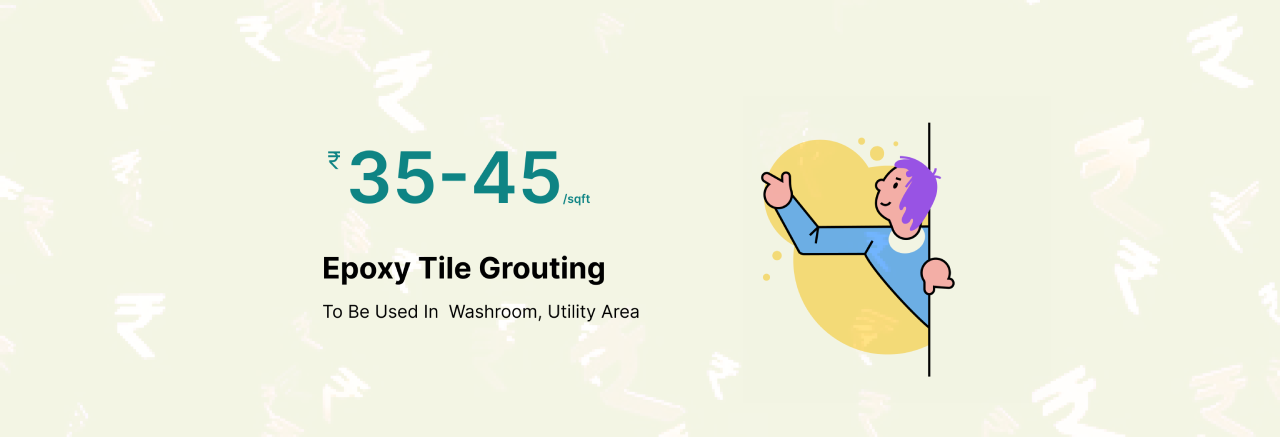Tile Grouting
Tile grouting is the process of filling the gaps between tiles with a cement-based mixture, which helps to hold the tiles in place and provide a clean, finished look. It is an essential step in tiling, as it helps to prevent moisture and dirt from getting between the tiles and damaging the surface beneath them.

Grouting can also enhance the overall appearance of the tiled area, as it can be customized with different colors and finishes to match the tiles or create a contrasting effect. Proper preparation and application are important to ensure a durable and long-lasting grout job.
Types of Tile Grouting
- 1. Cement Tile Grouting
- 2. Epoxy Tile Grouting
Cement Tile Grouting
- The most commonly used type of grout, made of a mixture of cement, sand, and water.
Epoxy Tile Grouting
- A two-part grout made of epoxy resins and a hardener, offering superior durability and stain resistance.
Tile Grouting Application and Importance
- Tile grouting is the process of filling the gaps between tiles with a cement-based mixture called grout.
- Grouting is essential because it seals the gaps between tiles, preventing moisture, dirt, and debris from entering and causing damage.
- Grouting also adds stability to the tiles, preventing them from moving and potentially cracking or breaking.
- Grouting also enhances the aesthetic appeal of the tiled surface by creating a smooth, uniform surface that highlights the individual tiles' colors and patterns.
- The application of grout is relatively simple and can be done by anyone, but it requires attention to detail and patience to achieve a clean and professional finish.
- Regular maintenance of grout is necessary to prevent discoloration, cracking, or crumbling.











